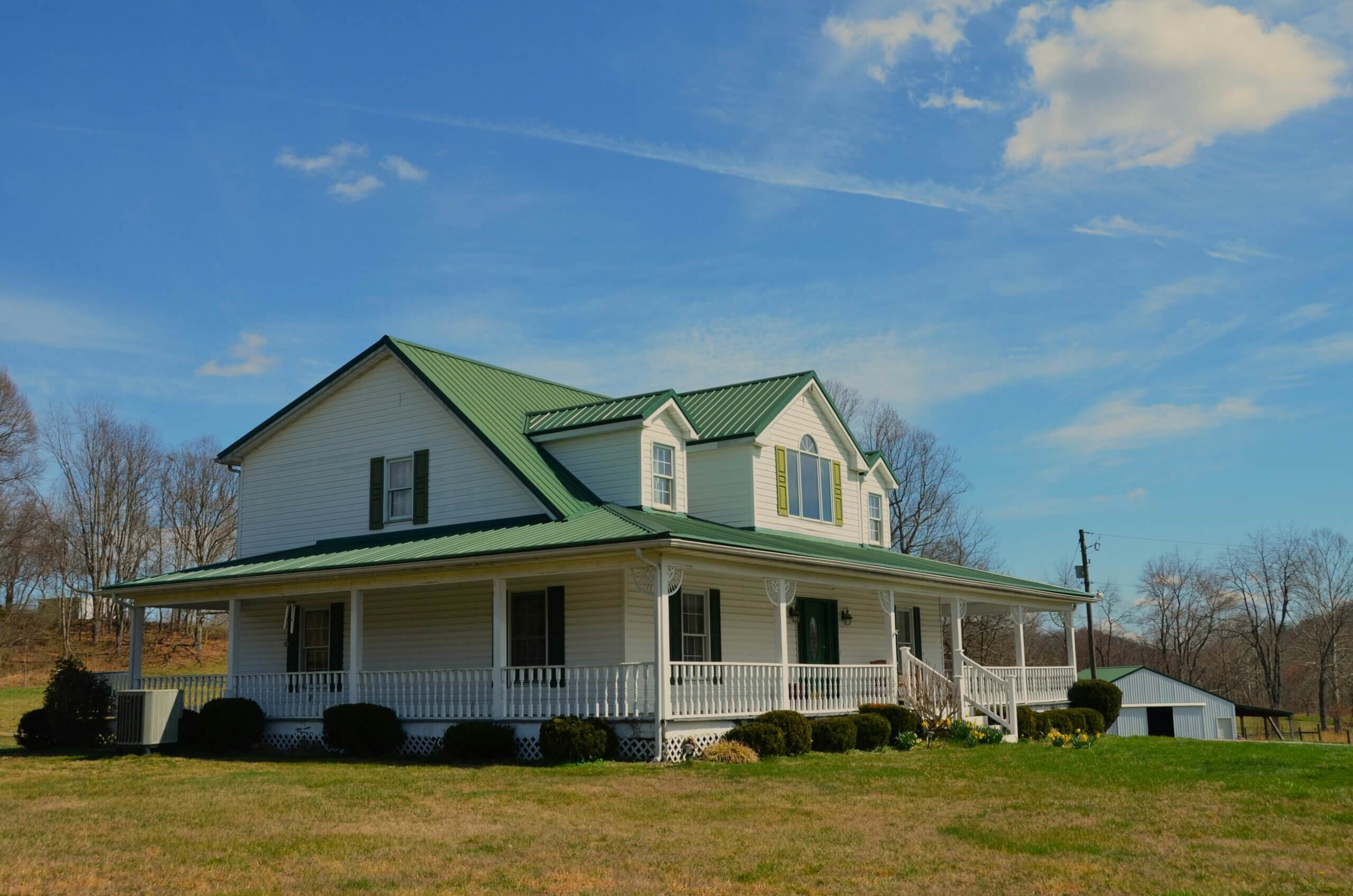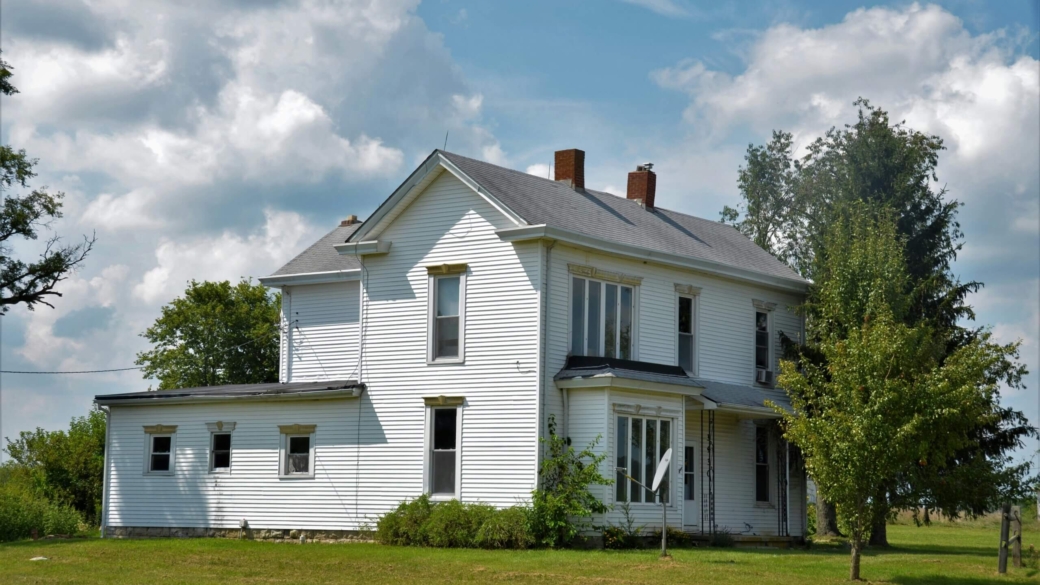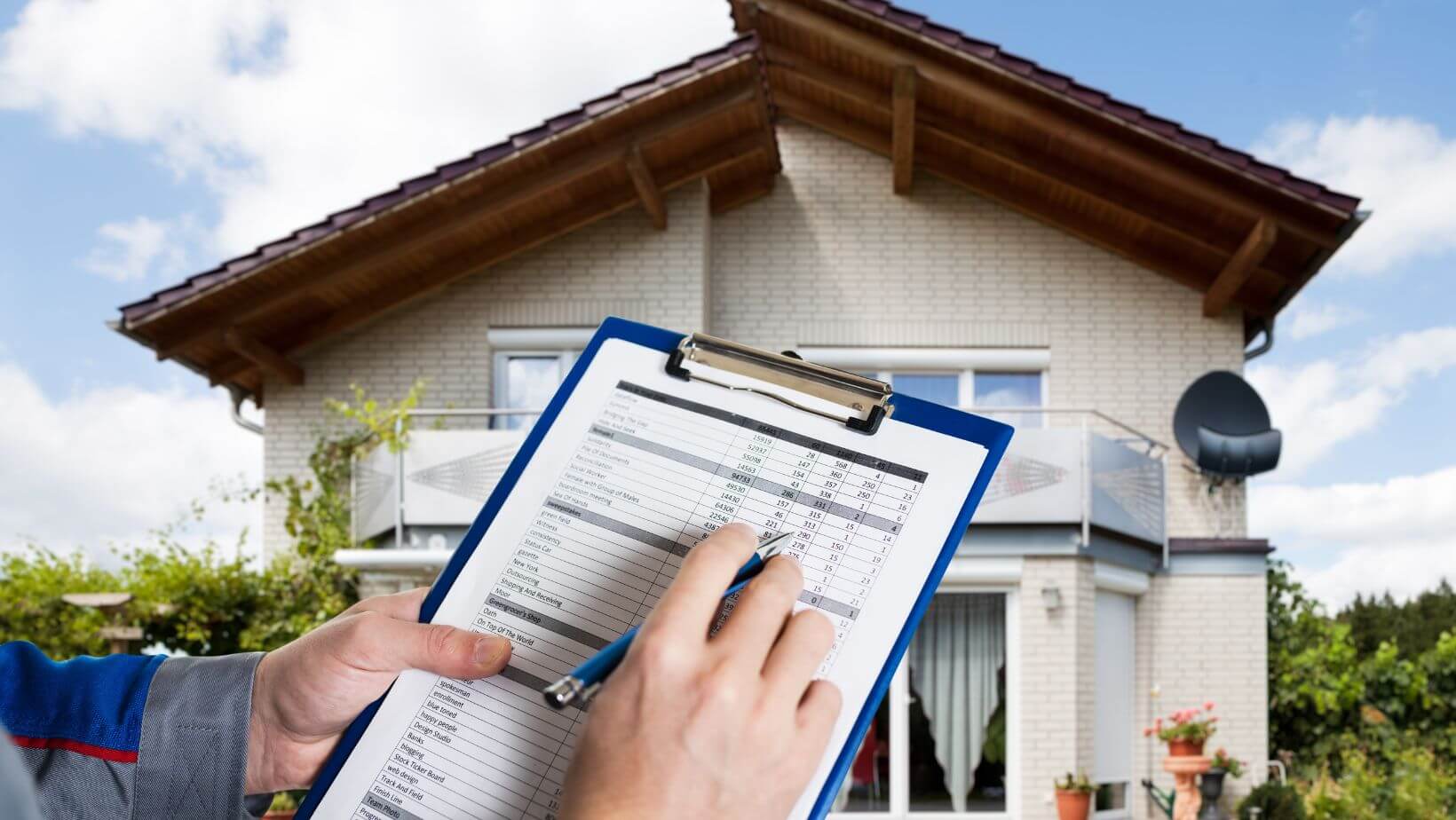Property damage disrupts comfort, safety, and financial stability. Whether caused by fire, flooding, or storms, the recovery process determines how fast life returns to normal. Acting quickly and strategically minimizes downtime and prevents further loss. With the right restoration plan, property owners can recover efficiently and regain functionality without unnecessary delays.
Assessing the Full Extent of Damage
A thorough inspection forms the foundation of any successful restoration project. The first step involves identifying all visible and hidden damage. Even minor issues can lead to larger structural problems if ignored. Moisture trapped inside walls, for example, can result in mold growth or electrical hazards.
Professional inspections often reveal damage that the eye cannot detect. Thermal imaging and moisture meters identify problem areas behind surfaces. A clear understanding of the extent of the damage helps create an effective action plan and ensures that no issue remains unresolved.
Property owners benefit from documenting everything with photos and detailed notes. Proper documentation supports insurance claims and prevents disputes about the damage’s severity or cause.
Partnering With Reliable Restoration Experts
Attempting large-scale repairs without expertise often increases downtime and costs. Skilled professionals provide the knowledge, equipment, and speed required for effective recovery. Certified technicians handle water extraction, structural drying, and smoke removal with precision and care. Companies like Paul Davis Restoration and similar ones specialize in helping homeowners and businesses rebuild safely and efficiently. Working with experienced teams ensures compliance with safety standards and building codes while preventing secondary issues such as mold or structural instability.
Selecting a reputable restoration partner gives property owners peace of mind. Experts coordinate cleanup, repairs, and reconstruction, allowing residents or business owners to focus on other priorities.
Acting Quickly to Prevent Secondary Damage
Delays in response time can lead to greater losses. Water left standing for even a short period weakens foundations, damages flooring, and invites bacteria growth. Smoke residue after a fire corrodes metal and permanently stains surfaces.
Swift action limits these risks. Professional restoration teams respond immediately to assess and stabilize affected areas. Early intervention keeps damage contained and reduces long-term repair costs.
Removing wet materials, drying structures, and sanitizing spaces all play vital roles in preventing health hazards and further deterioration. Timeliness directly impacts recovery success.
Managing Insurance Claims Efficiently
Navigating insurance processes after property damage often feels overwhelming. Clear documentation and open communication with adjusters make the process smoother. Property owners should maintain organized records of inspections, quotes, and receipts.
Restoration companies often assist with claim preparation. Their detailed reports and itemized lists of losses help ensure fair compensation. Consistent updates between contractors, owners, and insurers minimize confusion and accelerate claim approval.
Transparency prevents unnecessary delays. Keeping copies of all correspondence provides security throughout the process.
Prioritizing Safety Before and During Restoration
Safety must guide every step of restoration. Before entering a damaged property, owners should confirm structural stability and check for hazards such as exposed wiring, gas leaks, or standing water.
Professional teams perform environmental testing when necessary. This ensures that air quality, electrical systems, and water sources meet safe standards.
Protective equipment such as gloves, boots, and masks guards against contaminants. Following these precautions prevents accidents and promotes a secure work environment for everyone involved.
Water Damage Restoration Techniques
Water damage remains one of the most common restoration challenges. Whether from leaks, floods, or burst pipes, water spreads quickly and weakens materials. Extraction, drying, and dehumidification require specialized tools and constant monitoring.
Professionals use high-powered vacuums, air movers, and industrial dehumidifiers to restore balance. Removing moisture completely prevents structural decay and microbial growth.
Materials such as drywall or insulation often need replacement, while hardwood and tiles can be salvaged through prompt attention. Continuous monitoring ensures that moisture levels return to safe ranges before reconstruction begins.
Fire and Smoke Damage Recovery
Fire leaves both visible and hidden damage. Even if flames did not reach every area, smoke and soot infiltrate walls, ceilings, and fabrics. These residues contain harmful particles that affect air quality and cause lingering odors.
Fire restoration involves cleaning, deodorizing, and repairing affected spaces. Professionals use specialized techniques to neutralize odors and restore surfaces without spreading contaminants.
Air filtration systems and HEPA vacuums remove fine soot particles. Repainting, refinishing, and replacing damaged materials follow once cleanup concludes. Attention to detail restores safety and comfort and confidence in the space.
Mold Remediation and Prevention
Mold develops quickly after moisture exposure. It spreads through spores and affects both structure and health. Prompt identification and removal protect against respiratory irritation and costly repairs.
Professionals contain affected areas and use filtration equipment to prevent spore spread. Surfaces are treated with antimicrobial solutions to eliminate colonies and prevent recurrence.
Preventive strategies include maintaining proper ventilation, fixing leaks immediately, and using dehumidifiers in damp spaces. Consistent maintenance ensures long-term protection against mold return.
Communication Keeps Projects on Track
Effective communication between property owners, contractors, and insurance representatives shortens restoration timelines. Clear expectations prevent misunderstandings and delays.
Regular progress updates reassure owners that recovery stays on schedule. Restoration teams that communicate openly build trust and allow clients to plan temporary housing or business adjustments effectively.
Shared project calendars, detailed estimates, and transparent billing support accountability. When everyone remains informed, restoration progresses more smoothly.
Restoring Comfort and Functionality
The ultimate goal of restoration lies in reclaiming comfort and normalcy. Once repairs conclude, final cleaning and inspection ensure that every element functions safely and efficiently. Fresh paint, replaced flooring, and restored utilities return life to familiar rhythms.
Homeowners can then focus on preventive measures to safeguard against future incidents. Routine maintenance, inspections, and updated insurance coverage prepare properties for unexpected challenges.
Every completed project marks a new beginning, where safety, structure, and peace of mind return stronger than before.
Property restoration requires careful planning, fast action, and collaboration with skilled professionals. Each stage, from inspection to rebuilding, plays a vital role in reducing downtime and preventing further damage. Clear communication, attention to safety, and timely decisions ensure smoother recovery and lasting results.
Working with trusted experts transforms a challenging experience into a structured process that restores both property and peace of mind. Preparedness, consistency, and proactive maintenance guarantee better protection against future incidents.
With thoughtful planning and reliable help, property owners can overcome damage efficiently and rebuild with renewed strength and confidence.


